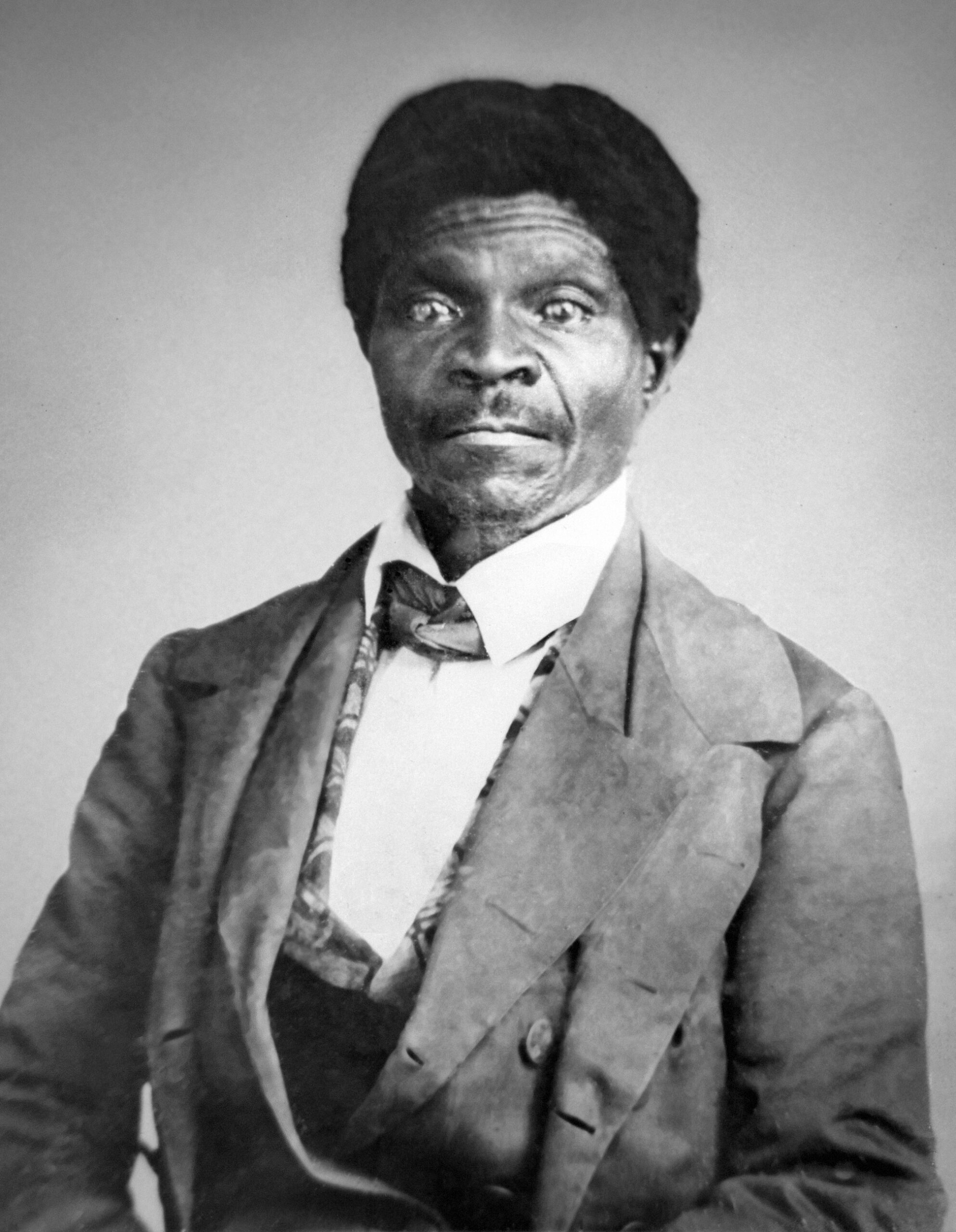The abolitionist movement was a significant chapter in the history of human rights, marked by numerous pivotal moments that collectively paved the way for the end of slavery. These moments were not only acts of courage and defiance but also represented the voices of those who dared to dream of a world where freedom was a birthright, not a privilege. In this article, we’ll explore ten defining moments that were instrumental in shaping the abolitionist movement.
The Publication of “An Appeal to the Coloured Citizens of the World” (1829)
In 1829, David Walker, a free African American, published a bold pamphlet titled “An Appeal to the Coloured Citizens of the World.” This document was a passionate call to action, urging enslaved people to rise against their oppressors. Walker’s appeal was revolutionary because it challenged the status quo and encouraged African Americans to demand their rights. His words were incendiary, striking fear into the hearts of slaveholders and inspiring hope among the enslaved. It was a catalyst that awakened the conscience of many, setting the stage for future abolitionist endeavors.
The Founding of The American Anti-Slavery Society (1833)
The formation of The American Anti-Slavery Society in 1833 marked a significant advancement in the organized effort to end slavery. Spearheaded by notable abolitionists like William Lloyd Garrison and Arthur Tappan, this society aimed to unite individuals who were committed to the cause. It provided a platform for activists to collaborate and strategize, making their efforts more cohesive and impactful. The society’s establishment demonstrated the growing support for abolition, indicating that the movement was not just a fleeting sentiment but a determined pursuit for justice.
Nat Turner’s Rebellion (1831)
Nat Turner’s Rebellion in 1831 was a watershed moment in the abolitionist movement. Turner, an enslaved preacher, led a revolt in Virginia that resulted in the deaths of many and sent shockwaves throughout the South. This uprising exposed the brutal realities of slavery and the lengths to which enslaved people would go to secure their freedom. While the rebellion was ultimately suppressed, it forced the nation to confront the moral and ethical dilemmas of slavery. It fueled the abolitionist fire, leading to increased support and activism in the North.
The Publication of “Uncle Tom’s Cabin” (1852)
Harriet Beecher Stowe’s novel “Uncle Tom’s Cabin” was a seminal work that galvanized public opinion against slavery. Published in 1852, the book vividly depicted the harsh realities of slave life, evoking empathy and outrage among its readers. Stowe’s narrative humanized enslaved individuals, challenging the dehumanizing stereotypes perpetuated by pro-slavery advocates. As a result, “Uncle Tom’s Cabin” became a powerful tool for the abolitionist movement, influencing public discourse and increasing support for the cause both in the United States and abroad.
The Amistad Case (1839-1841)
The Amistad Case, which unfolded between 1839 and 1841, was a pivotal legal battle in the fight against slavery. It began when a group of enslaved Africans aboard the Spanish ship Amistad revolted and took control of the vessel. The case eventually reached the U.S. Supreme Court, which ruled in favor of the Africans’ right to self-defense and freedom. This landmark decision was significant because it underscored the legal and moral arguments against slavery, setting a precedent for future cases and bolstering the abolitionist cause.
The Underground Railroad (1830s-1865)
The Underground Railroad was not a single event but a vast network of secret routes and safe houses that helped enslaved individuals escape to freedom. Operating from the 1830s until the end of the Civil War, it was a testament to the bravery and solidarity of both black and white abolitionists. Figures like Harriet Tubman became legendary for their roles in guiding countless people to safety. The Underground Railroad exemplified the collective effort and unwavering commitment to justice that defined the abolitionist movement.
John Brown’s Raid on Harpers Ferry (1859)
In 1859, John Brown, a fervent abolitionist, led a raid on the federal arsenal at Harpers Ferry, Virginia. Brown’s intent was to incite a slave uprising by arming enslaved individuals. Although the raid failed and Brown was captured and executed, it had profound implications for the abolitionist movement. Brown’s unwavering conviction and willingness to sacrifice his life for the cause made him a martyr in the eyes of many abolitionists. His actions highlighted the growing tensions between pro-slavery and anti-slavery factions, propelling the nation closer to civil war.
The Dred Scott Decision (1857)

The Dred Scott Decision of 1857 was a significant setback for the abolitionist movement. The U.S. Supreme Court ruled that African Americans, whether free or enslaved, could not be American citizens and had no standing to sue in federal court. This decision effectively denied the humanity and rights of African Americans, outraging abolitionists and galvanizing their efforts. It underscored the urgent need for systemic change, rallying more supporters to the abolitionist cause and intensifying the push for legal and social reform.
The Emancipation Proclamation (1863)
President Abraham Lincoln’s Emancipation Proclamation in 1863 was a landmark moment in the abolitionist movement. While it did not immediately free all enslaved individuals, it declared the freedom of those in Confederate states and fundamentally shifted the Civil War’s purpose. The proclamation was a significant step toward the eventual abolition of slavery, symbolizing the federal government’s commitment to ending the institution. It invigorated the abolitionist cause, providing a legal framework for the liberation of millions and laying the groundwork for the 13th Amendment.
The Ratification of the 13th Amendment (1865)
The ratification of the 13th Amendment in 1865 was the culmination of years of tireless advocacy and struggle by abolitionists. This constitutional amendment formally abolished slavery in the United States, transforming the legal landscape and marking a new era of freedom. The amendment’s passage represented the triumph of the abolitionist movement, a testament to the resilience and determination of those who fought for justice. It was a moment of profound significance, heralding the end of one of the darkest chapters in American history and paving the way for continued efforts toward racial equality.





